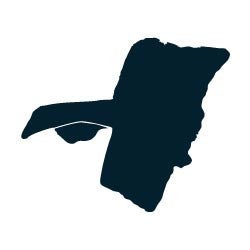Texture is how something feels to the touch, or looks like it would feel. There are many types of textures, including rough, smooth, or soft, and things can have many textures at once.
This sculpture is called Winged Victory. When we think of wings, we think of the very soft texture of feathers. This artist chose to make wings out of rough, hard and heavy metal, instead of soft and light feathers.
Do you think these wings could fly?
Why do you think the artist chose to make these wings so different from a real bird’s wings?
If the sculpture had the texture of real wings, how would it be different?
In your house and yard help your child find objects that have texture, such as the bark of a tree, concrete, or the tiles in your kitchen. Lay a piece of paper over them and rub the paper with a crayon or pencil. Point out the pattern or texture that is now on the paper. Once you have several different examples of texture, encourage your child to think of a shape. It can be a simple geometric shape, like a circle or star, or the shape of a familiar object, like a tree or house. Help your child cut this same shape out of the different textures. Ask how does the texture change what the shape means?
Texture —How the surface of something looks or feels (for example, rough or smooth)
Sculpture —A work of art that has height, width, and depth
Shape —An outline of a body, like a circle or square

